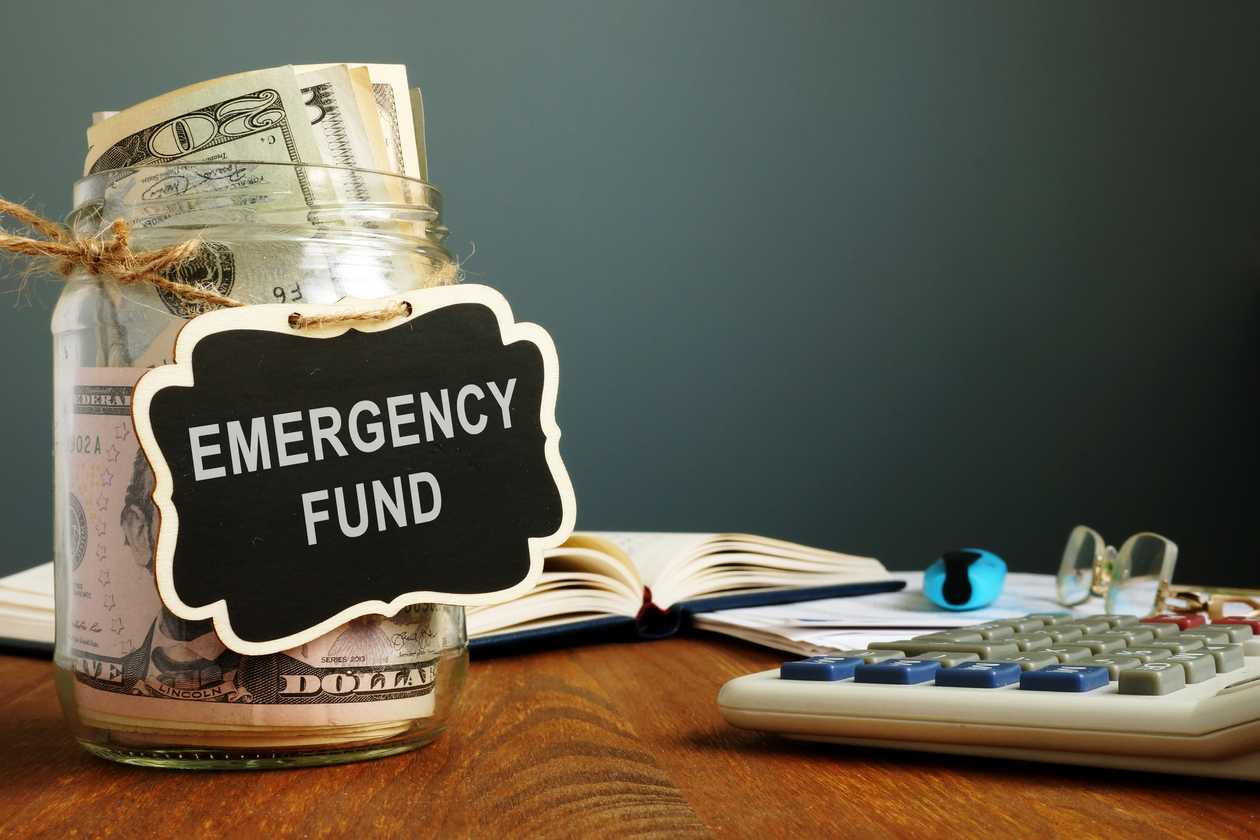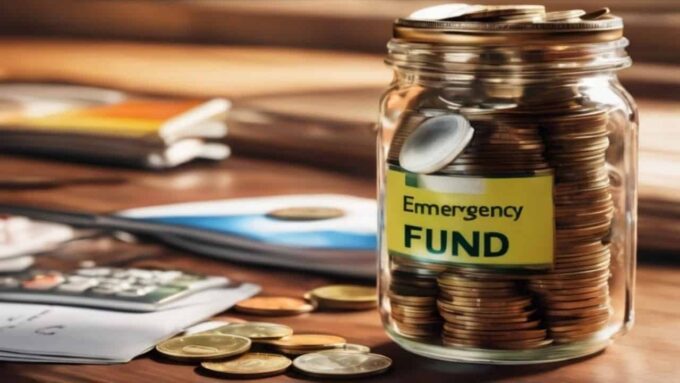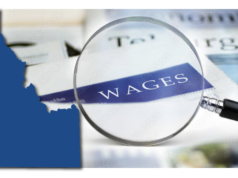Life is an unpredictable journey, filled with unexpected turns. Whether it’s a sudden car repair, an unforeseen medical expense, or the shock of job loss, these financial surprises can catch us off guard. The safety net for these moments? An emergency fund.
This article isn’t just about telling you to save. More importantly, it’s about guiding you through how much to save, why it’s crucial, and how to tailor your emergency savings to your unique life situation.
Why an Emergency Fund Isn’t Just Optional
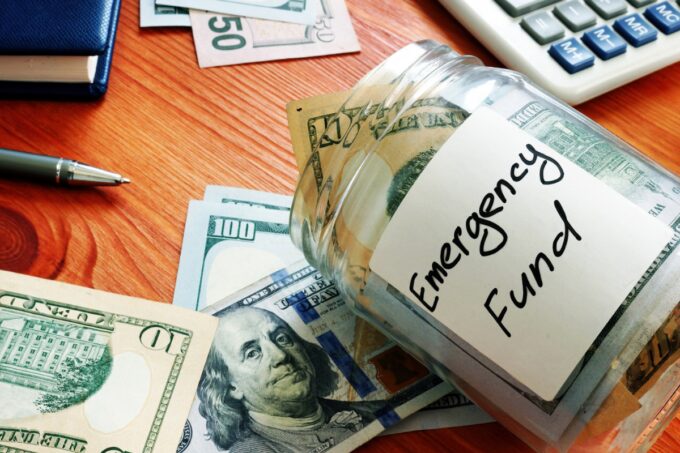
Think of an emergency fund as your financial shock absorber. It’s there to cushion you from the immediate financial impact of life’s uncertainties. Withou it, you might find yourself reaching for credit cards, dipping into retirement savings, or taking out loans—options that can lead to long-term financial repercussions.
Having an emergency fund offers peace of mind, ensuring you’re ready for whatever life throws your way, without derailing your financial stability.
Crafting Your Emergency Fund: A Personalized Approach
The concept of an emergency fund is universal, yet the specifics are deeply personal. No single figure will be perfect for everyone, but by doing a personal finance check and considering a range of key factors, you can pinpoint a target that makes sense for your life. Let’s take a closer look at these considerations to ensure your safety net is both robust and realistic.
- Monthly Living Expenses: Begin with the basics—your core monthly expenses. Housing, utilities, food, and transportation are the pillars of your budget. Aiming to save three to six months’ worth of these expenses is a common guideline, but consider leaning towards the higher end if your situation allows. This cushion will give you the freedom to navigate life’s challenges without compromising on your essential needs.
- Job Security and Income Stability: Your profession and industry’s volatility play an important role in determining the size of your emergency fund. Those with steady, predictable incomes might find comfort in a smaller safety net, while those in industries prone to fluctuation or with irregular income streams—like freelancers or commission-based workers—should consider a more substantial reserve. The goal is to ensure you can sustain your lifestyle even during periods of income disruption.
- Debts and Financial Obligations: Your monthly debt payments are a critical component of your financial landscape. Whether it’s a mortgage, student loans, or credit card payments, ensure your emergency fund can cover these commitments for a few months. This strategic buffer can be a lifeline, preventing the need for further borrowing under stress.
- Family Size and Health Considerations: The needs of a single person differ vastly from those supporting a family or with significant health issues. More dependents equate to greater financial responsibilities, not only in daily expenses but also in unforeseen health or educational needs. Adjust your emergency fund to reflect these realities, offering a stronger safety net for those who rely on you.
- Future Financial Goals and Obligations: Life’s ambitions—whether purchasing a home, investing in education, or retirement planning—shouldn’t be sidelined by emergencies. A well-funded emergency account ensures that when life takes an unexpected turn, your long-term goals remain on track. This foresight can save you from having to choose between addressing immediate needs and sacrificing future dreams.
An emergency fund tailored to your life brings security in uncertainty, serving as a bridge over unexpected financial gaps.
Setting Your Emergency Fund Goal
Now that you’ve considered the various factors, it’s time to calculate the appropriate amount for your emergency fund. Here’s a simple formula to get started:
Emergency Fund Amount = (Monthly Living Expenses + Monthly Debt Payments) x Desired Months of Coverage
For instance, if your monthly expenses are USD$3,000, and you have USD$500 in monthly debt payments, aiming for a six-month coverage would mean saving USD$21,000.
This figure isn’t arbitrary; it’s a calculated reflection of your life’s expenses, offering a cushion against unforeseen financial pressures. Adjust this baseline according to the specifics of your financial life. That could mean accounting for a fluctuating income, preparing for industry-specific risks, or simply aligning with your peace of mind.
Building Your Fund, Step by Step
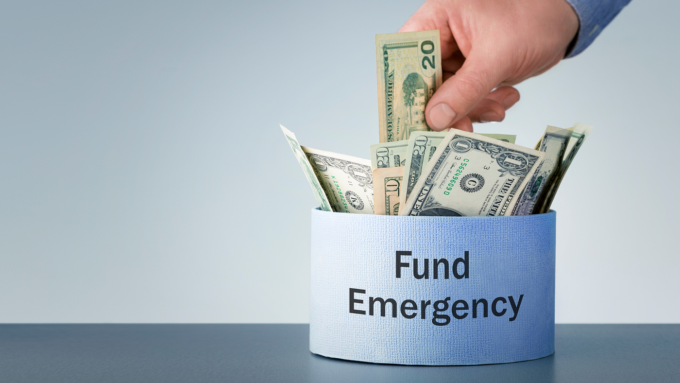
Starting an emergency fund can seem daunting, but it’s all about taking small, manageable steps. Begin by saving a portion of your income each month, however modest, and automate these savings by setting up transfers from your checking to a savings account dedicated to emergencies. This method ensures consistency without requiring daily effort, gradually building your fund over time.
As your financial landscape improves, through either increased earnings or decreased expenses, consider upping your savings contributions. Redirect any unexpected financial gains—like tax refunds, bonuses, or inheritances—directly into your emergency fund. These actions not only expedite its growth but also reinforce the saving habit, paving the way for long-term financial stability.
Deciding Where to Stash Your Fund
Choosing the right spot for your emergency fund means finding a balance between growth and accessibility. High-yield savings accounts or money market accounts are ideal as they offer better interest rates, allowing your funds to increase over time while staying within reach.
Alternatively, a traditional savings account or a short-term Certificate of Deposit (CD) ensures your money is accessible when needed, without any penalties for early withdrawal. This strategy keeps your emergency reserve secure and readily available.
Maintaining and Replenishing Your Fund

Maintaining and refreshing your emergency fund should be a top priority, as important as your monthly rent or mortgage payment. It’s a financial safety net that demands ongoing attention. If life throws a curveball and you need to dip into these funds, it’s vital to have a strategy for replenishing them promptly. Consider it as patching a hole in your safety net, ensuring it’s always ready to catch you.
Life isn’t static, and your emergency fund shouldn’t be either. As you move through life’s changes—be it a new job, an addition to your family, or a significant change in your living expenses—take a moment to reevaluate your fund. This isn’t just about numbers; it’s about ensuring security. Adjusting your emergency fund to match your current situation ensures that, should the unexpected happen, you’re as ready as possible.
Bottom Line
Creating an emergency fund is crucial, serving as your financial shield against life’s unforeseen challenges. It’s built on a thorough understanding of your everyday expenses, offering a buffer when the unexpected hits. As your life’s story unfolds—through new job opportunities, expanding families, or evolving ambitions—your emergency savings should adapt, ensuring it matches your life’s current chapter.
Life’s unpredictability, from sudden career changes to welcoming new family members, underscores the importance of revisiting and adjusting your emergency fund. With each adjustment, you’re not just reacting to changes; you’re stepping up, ready and equipped to embrace whatever comes next with open arms and a solid plan.

